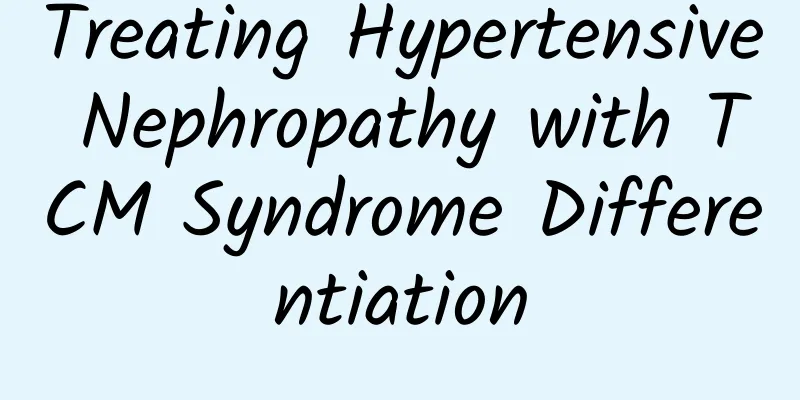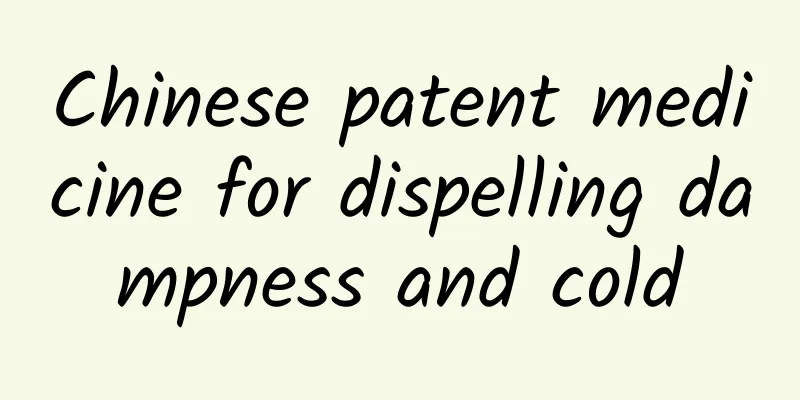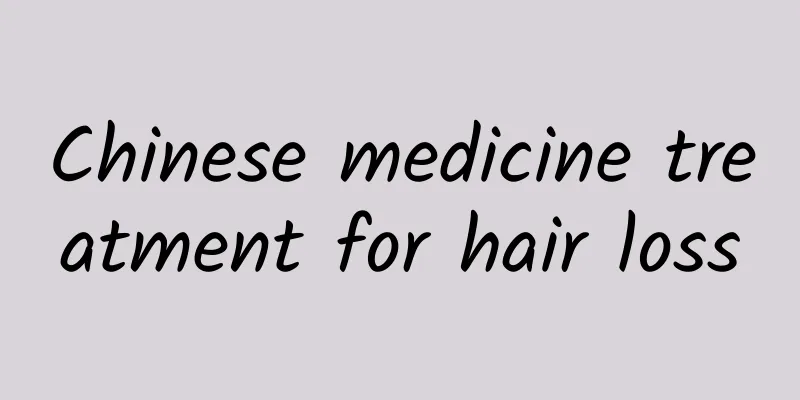Postoperative care for hand injuries

|
The hand can be said to be the most hardworking organ in the human body, so the probability of injury is also the highest. The hands are very powerful and their nervous system is very delicate and special, so if they are injured, they need to be treated properly. Some people regret it deeply because of improper post-operative care after trauma, which caused damage to their blood vessels, nerves, tendons, etc. Below I will introduce to you the nursing measures after hand injury surgery, I hope it will be helpful to you. Classification of hand injuries Hand injuries can be divided into many different categories according to different standards. However, for ordinary people, hand injuries only need to be divided into two categories: open injuries and closed injuries. 1. Open injury: Open injury refers to hand trauma with broken skin. 2. Closed injury: For closed injury, most patients tend to ignore its severity. Preoperative care 1. Psychological care After being injured in an accident, the patient sees a lot of bleeding, becomes extremely nervous and frightened, and furthermore worries about the effect of the operation and becomes anxious. Therefore, while we promptly bandage the affected hand to stop the bleeding, we should also show sympathy and understanding, serve the patient with a high sense of responsibility, patiently explain the treatment methods and prognosis, and provide admission education, hygiene disposal, and hospitalization instructions to relevant personnel and family members, strive for the understanding and support of family members, enhance the patient's sense of confidence and security, and enable the patient to get rid of fear as much as possible and enhance confidence in treatment. 2. Body Position Lie flat with the affected hand above the level of the heart. This will reduce bleeding on the one hand and facilitate venous and lymphatic return on the other hand, reducing swelling and thus relieving pain. 3. Symptom care Observe the skin color, temperature, sensation, capillary reflux reaction of the affected hand, swelling, movement, and pay attention to whether the radial and ulnar artery pulsation is weakened or disappeared, as well as the degree of pain. Because the hands are rich in nerve endings and the sensory nerves are located superficially, severe pain can cause vascular spasm and may also cause a series of changes in emotions and coagulation mechanisms. Therefore, evaluate and inform the doctor in time, give appropriate painkillers, and record accurately as a preliminary judgment of the extent of the injury. 4. Whole body observation Observe the amount of blood loss and vital signs, be alert to hemorrhagic shock, use the tourniquet correctly, fix it at the upper third of the wall, with local padding, record the time, loosen the tourniquet for 5 to 10 minutes every hour to prevent ischemic spasm or limb necrosis. Do not tie the tourniquet at the middle and lower part of the upper arm to prevent compression of the radial nerve. Postoperative Care The drainage strip of the hand wound is usually removed after 2 days. If the wound is drained by a tube, the time of removal depends on the amount of drainage. Generally, the tube can be removed when the drainage volume is less than 15 ml within 24 hours. If the hand wound is not infected, there is no need to change the dressing frequently. It is sufficient to change the dressing once every 5-7 days. If the wound exudates a lot, the dressing can be changed every 1-2 days. If the patient's blood sugar is normal and the wound is not infected, the stitches can be removed 12-14 days after the operation. For patients with diabetes, suture removal can be delayed. Patients who have undergone replantation of severed fingers (limbs), combined with vascular injury or free tissue transplantation should try to reduce various factors that induce vasoconstriction after the operation to avoid surgical failure due to postoperative vascular crisis. First of all, you should try to reduce the stimulation of pain. You can use painkillers, pain pumps, etc. Secondly, try to avoid the stimulation of cold and cigarettes. Of course, if conditions permit, it would be better to use appropriate antispasmodics and vasodilators, or you can use a heating lamp to irradiate the affected limb. For patients with combined vascular, tendon, and nerve injuries, plaster fixation is generally used after surgery. This type of plaster generally needs to be fixed for 3-4 weeks. During the plaster fixation period, do not remove the plaster without authorization, otherwise it may easily cause the sutured blood vessels, tendons, or nerves to rupture again. After the plaster is removed, functional exercises should be performed under the guidance of a doctor. For patients with special requirements or those who are allergic to plaster, various braces can also be used for fixation. For patients who still have some functional impairment after functional training, a second surgery for tissue release, repair or functional reconstruction can be considered 4-6 months after the first surgery. |
>>: What to do if you have eczema, peeling, or dry skin
Recommend
Why is my lower body always wet? Vulvar itching?
Although with the improvement of medical standard...
What does uterine blood flow signal mean?
The uterus is an organ in the female body that pr...
Biting your tongue while eating may be related to two diseases
Biting the tongue while eating is something that ...
What is the most effective way to increase milk production when my milk is drying up due to anger?
Breast milk is a substance with extremely high nut...
How to treat the small pimples on the outer side of the upper arm?
What is keratinized pores? Why does it happen to ...
Treatment of lower extremity arteriosclerosis
In recent years, with the continuous improvement ...
What medicine to take for vomiting during pregnancy
In the early stages of pregnancy, vomiting is a n...
Symptoms of lingual nerve damage
Damage to the lingual nerve can cause great harm ...
There is a meat ball protruding from the anus during bowel movement
The anus is a common site of disease. What we are...
TCM diagnosis and treatment technology
The most critical characteristics of traditional ...
Electroacupuncture for facial paralysis
Facial paralysis is a common facial disease in su...
The role of safflower oil
Safflower oil is probably the most common health ...
What does low insulin mean?
The so-called low insulin should refer to low blo...
Is osteitis serious? Can it be cured?
We all know that bones act as a support in our bo...
Duhuo Jisheng Pills
In life, when we encounter influenza or common co...









